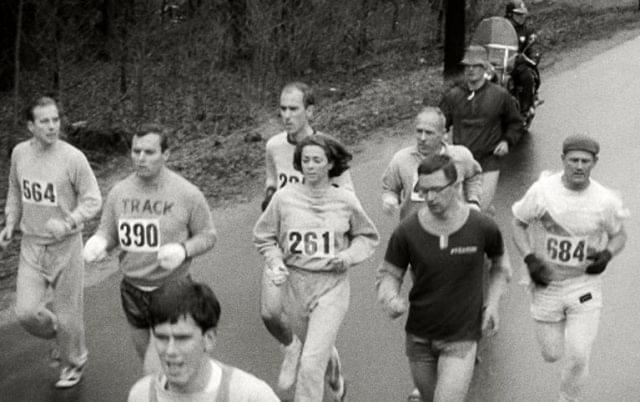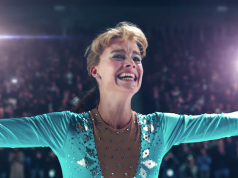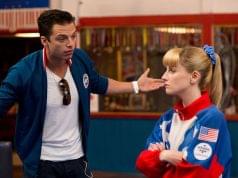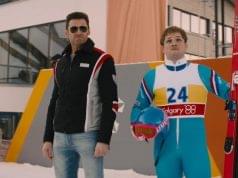
With the sport of running now being enjoyed (if that’s the right word) by millions of people worldwide, it’s easy to forget that until about 1970, it was rare and bizarre, a pastime for “masochistic weirdos.” That’s the phrase used by one enthusiast in the enjoyably informative documentary “Free to Run,” which traces the sport’s history over the last few decades and includes details that may surprise you.
The “masochistic weirdos” guy says that when he’d go for a run around Central Park in the 1960s, he’d see maybe five or six other runners the entire time. In those days, people who ran on the streets (as opposed to tracks designed for that purpose) were targets of suspicion, occasionally stopped by police who assumed they were running from something. By the late ’70s, Central Park was jammed with them, hundreds of people running shoulder to shoulder every weekend. What happened in the meantime? How did America’s attitude toward running change so fast?
The film, by Swiss director Pierre Morath, tells that story — the story of how running caught on as a pastime — while also covering the events that changed running as a competitive sport. Did you know that sexism was a factor? Well, of course it was.
With an impressive amount of archival footage at his disposal, Morath and his narrator, Jerome Di Giacomo, explain how antiquated attitudes toward femininity left women out of the race for decades. While the Olympics had men’s races up to 10,000 meters, women couldn’t race any longer than 800 meters, and even that didn’t start until 1928. When a few of the women collapsed in exhaustion at the end of that first 800-meter — you know, the way runners often do at the end of races — the IOC dropped the event on the grounds that it was too taxing on the female body. From then until 1960, the longest race for women in the Olympics was the 400-meter.
Women were likewise shut out of marathon running, even at the non-Olympic level. Kathrine Switzer, now an elegant, well-spoken woman of 69, gives an account of how her college track team had no place for women and assigned her an elderly coach to train her separately from the men. She entered the Boston Marathon in 1967, registering as “K.V. Switzer.” When a marathon official discovered mid-race that there was a woman running it, he tried to physically stop her, photos of which ran in newspapers worldwide.
Meanwhile, as women were gradually becoming accepted into the world of running, the world of running was gradually becoming accepted by society at large. It was at the 1972 Munich Olympics that the tide began to turn, when Frank Shorter won the gold medal. He was the first American to do so in 64 years, but more importantly, he changed the marathon’s image. Where it had previously been viewed as a grueling endurance challenge, Shorter, in the words of one commentator, “made it look like poetry,” smiling and exuberant at the race’s end, not collapsing in agony.
The film takes us from there to the New York City Marathon, which in 1976 was expanded to cover all five boroughs. In so doing, it brought the race to the people, uniting the city during a time of high crime rates and economic depression. The film is at its best when it focuses on moments like that, helping to explain why non-runners find the sport compelling. Heroes like Steve Prefontaine, who rebelled against stuffy rules requiring runners to be amateur (i.e., unpaid) and made running a spectator sport, are given screen time, too.
The movie’s only deficits are technical ones. The narration was originally in French, and the translation is sometimes amusingly clunky, especially when it has Americans supposedly citing figures in kilometers rather than miles. The video footage of old city marathons and other events is great, but Morath mostly uses re-created (that is to say, fake) voice-overs for it, perhaps because the original audio wasn’t available. So we often hear what sounds like a news report, only it’s an actor reciting lines that might be authentic and might have been written for the movie. The fact that these manipulations are not clearly indicated up front is a bit of a journalistic no-no.
But hey, why quibble? “Free to Run” makes a strong case for taking running seriously as a sport (something it still struggles with), armed with an abundance of anecdotes, first-person accounts, and historical footage. It covers more than I’m able to list here, and does it without being dry or academic. It almost makes running look appealing even if you’re not a masochistic weirdo (he said with affection).
B- (1 hr., 41 min.; )





